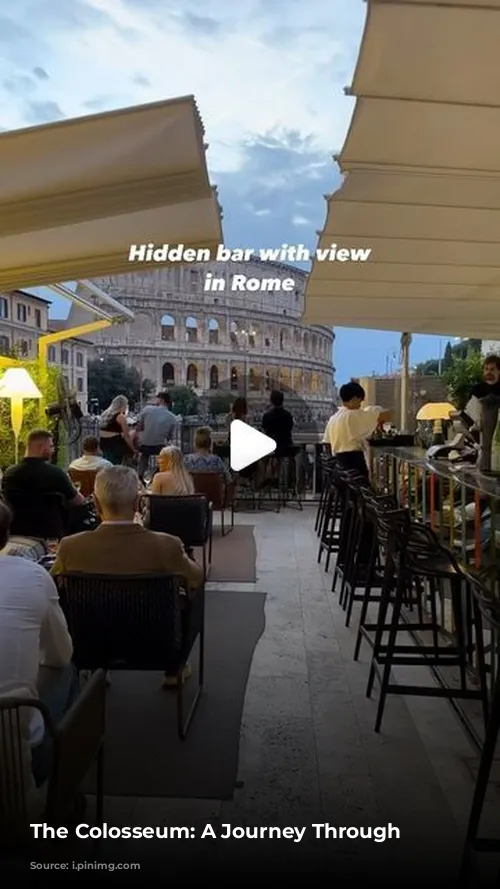The Colosseum, standing proudly in the heart of Rome, is more than just an ancient ruin. It’s a time capsule, whispering stories of Roman glory, echoing with the cheers and roars of long-gone crowds. Join us as we explore this architectural masterpiece, understanding its purpose and the captivating experiences it offered its spectators.
The Colosseum: An Architectural Wonder
The Colosseum, also known as the Flavian Amphitheatre, is a testament to the engineering prowess of ancient Rome. Constructed between 70 and 80 AD, this massive elliptical structure is made from stone and concrete, capable of holding a staggering 50,000 spectators. Even today, it stands as one of Italy’s most popular tourist attractions, a silent giant attracting visitors from across the globe.
What Went Down in the Colosseum?
The Colosseum wasn’t just a place for entertainment. It was a multifunctional venue, hosting various spectacles and events. However, it was most famously used for gladiatorial contests. These bloody battles between skilled fighters enthralled the masses and were a staple of Roman entertainment.
Beyond the thrill of combat, the Colosseum also hosted venationes – spectacular wild animal hunts. Exotic animals from across the Roman Empire were pitted against each other or against skilled hunters. These displays of power and ferocity were designed to awe and entertain, although not for the faint of heart!
More Than Just Entertainment
Attending events at the Colosseum was a fundamental part of ancient Roman life. Today, historians, filmmakers, and authors strive to capture the excitement and grandeur of this experience for modern-day audiences.
The spectacles within the Colosseum weren’t merely about entertainment. They reflected the values and beliefs of Roman society. The gladiatorial games, in particular, emphasized bravery, honor, and resilience, ideals deeply ingrained in the Roman ethos.
The Colosseum Experience: A Symphony of Sight and Sound
The Colosseum’s design played a crucial role in enhancing the spectator experience. Its advanced engineering allowed for smooth entry and exit, minimizing congestion. The tiered seating arrangement ensured excellent visibility for everyone, creating a sense of shared experience and communal engagement.
A Journey Back in Time: Why a Visit to the Colosseum is Worth it
Stepping into the Colosseum is like stepping back in time. It’s an opportunity to walk in the footsteps of ancient Romans, imagining the roar of the crowd, the anticipation, and the thunderous applause as gladiators or wild animals entered the arena. The sheer size and scale of the amphitheater is awe-inspiring.
The recently opened underground area offers a unique opportunity to delve into the hidden depths of the Colosseum. You can explore the network of tunnels and chambers, picturing the hustle and bustle as gladiators prepared for their battles and wild animals were housed.
Picture the gladiators battling, the crowds cheering, the excitement building. The Colosseum’s acoustics help you imagine the sounds of the thousands of spectators who once filled its walls. The tangible history surrounding you will transport you to the heart of ancient Rome.
The Colosseum’s architecture is a testament to the genius of Roman engineers. As you explore the levels and arches, you can admire the precision and skill that went into creating this monumental structure. The preservation of the outer walls and seating arrangements offers a tangible link to the past.
The Colosseum offers numerous photo opportunities to capture the essence of your visit. From panoramic views from the upper levels to close-up shots of the arches, the Colosseum provides the perfect backdrop for your memories.
Visiting the Colosseum isn’t just about seeing a historic landmark. It’s about experiencing the grandeur of ancient Rome, the passion of its people, and the captivating stories that echo through the ages. It’s a journey back in time, a testament to the enduring power of human ingenuity and spectacle.
